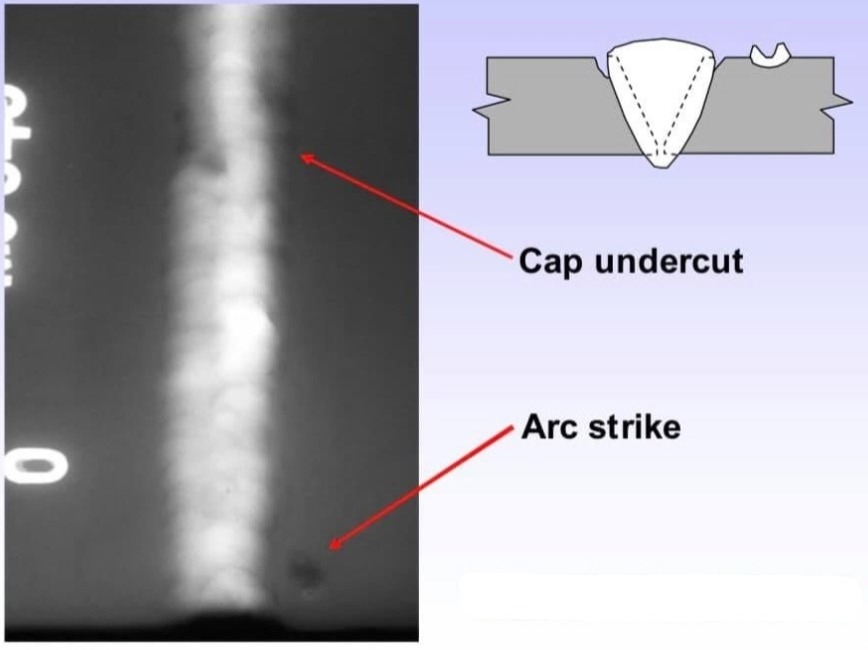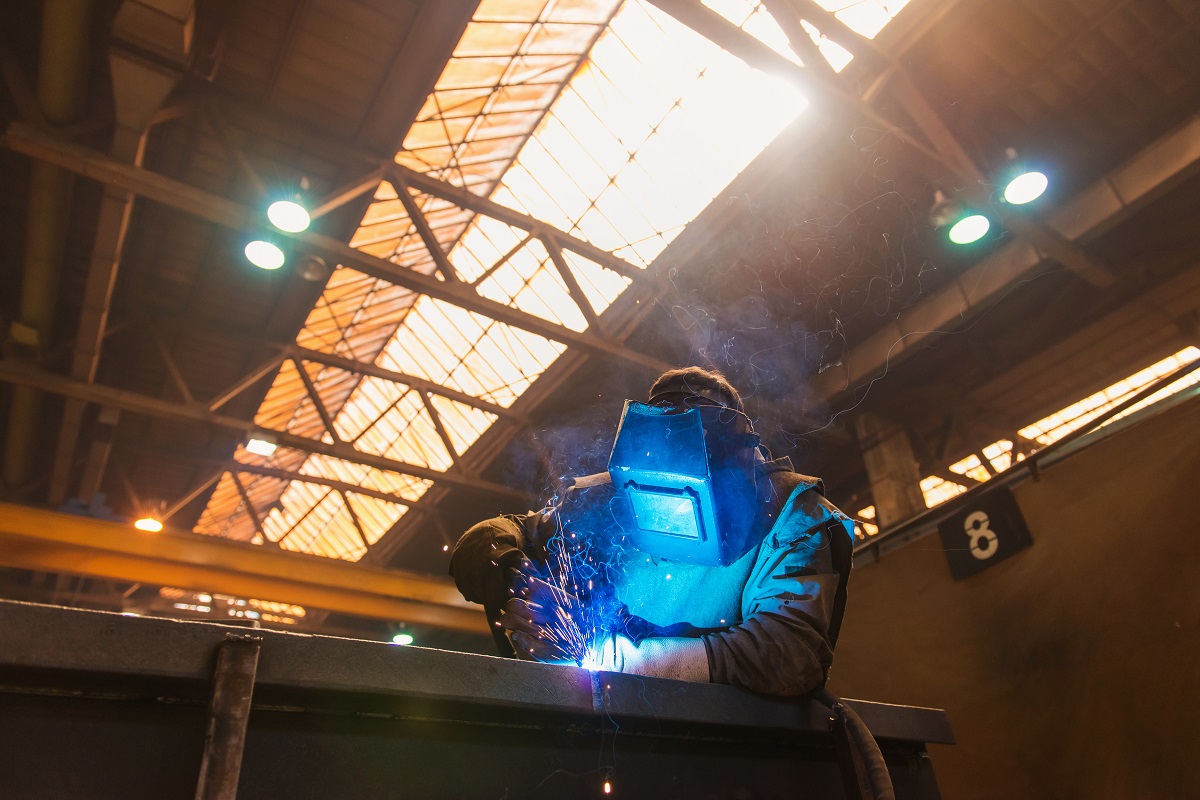Complete Guide to Preventing Weld Undercut: Tips and Techniques
Complete Guide to Preventing Weld Undercut: Tips and Techniques
Blog Article
Grasping the Art of Welding: How to Avoid Undercut Welding Issues for Flawless Manufacture Results
By recognizing the origin creates of undercut welding and applying effective strategies to stop it, welders can boost their craft to brand-new degrees of excellence. In the quest of remarkable manufacture results, understanding the art of welding to prevent undercut issues is not simply a skill yet a requirement for those striving for excellence in their work.
Understanding Undercut Welding

To avoid undercut welding, welders ought to guarantee appropriate welding specifications, such as adjusting the existing, voltage, traveling rate, and keeping the correct electrode angle. By understanding the reasons of undercut welding and applying preventative actions, welders can attain high-grade, structurally audio welds.
Causes of Undercut in Welding
Understanding the variables that contribute to undercut in welding is necessary for welders to create top quality, structurally sound welds. Undercutting happens when the weld metal does not properly fill the groove developed between the base steel and the formerly transferred weld steel. Numerous variables can lead to damage in welding. One typical cause is excessive warm input. Welding at high temperature levels for extensive durations can result in the base steel melting more than wanted, resulting in undercut. Insufficient welding present or inaccurate welding speed can also add to undercut. Inadequate current may not offer enough warm to thaw the base and filler metals effectively, while too much rate can avoid correct fusion, triggering undercut. Additionally, incorrect electrode angles or incorrect lantern control techniques can create areas of low weld steel deposition, promoting undercut. Recognizing these causes and applying appropriate welding techniques can help prevent damaging concerns, ensuring strong and resilient welds.
Methods to avoid Undercutting

To mitigate the threat of undercutting in welding, welders can employ calculated welding strategies aimed at boosting the high quality and stability of the weld joints. Additionally, using the proper welding method for the particular joint configuration, such as weave or stringer grains, can add to decreasing damaging.
Utilizing back-step welding methods and regulating the weld grain account can likewise assist disperse warmth equally and minimize the risk of undercut. Routine inspection of the weld joint during and after welding, as well as executing high quality assurance procedures, can assist in attending to and discovering damaging concerns immediately.
Relevance of Correct Welding Criteria
Choosing and maintaining appropriate welding parameters is important for achieving effective welds with marginal flaws. Welding criteria discover this info here refer to variables such as voltage, present, take a trip rate, electrode angle, and securing gas circulation rate that directly affect the welding procedure. These specifications should be thoroughly adjusted based upon the kind of material being welded, its density, and the welding method utilized.
Proper welding parameters guarantee the best amount of warmth is related to melt find more the base steels and filler product uniformly. If the parameters are established too expensive, it can lead to extreme warm input, creating burn-through, spatter, or distortion. On the other hand, if the criteria are as well low, insufficient fusion, absence of penetration, or damaging might happen.
Quality Guarantee in Welding Operations

Conclusion
To conclude, understanding the art of welding calls for a thorough understanding of undercut welding, its reasons, and strategies to avoid it. By making sure appropriate welding parameters and applying quality control methods, flawless fabrication outcomes can be accomplished. It from this source is vital for welders to constantly aim for excellence in their welding procedures to stay clear of undercut problems and produce high-quality welds.
Undercut welding, an usual problem in welding processes, takes place when the weld steel doesn't effectively fill the groove and leaves a groove or clinical depression along the bonded joint.To stop undercut welding, welders ought to guarantee appropriate welding parameters, such as changing the present, voltage, travel rate, and maintaining the right electrode angle. Insufficient welding wrong or present welding rate can likewise contribute to undercut.To minimize the risk of damaging in welding, welders can employ critical welding methods intended at enhancing the high quality and honesty of the weld joints.In conclusion, understanding the art of welding needs a comprehensive understanding of undercut welding, its reasons, and strategies to prevent it.
Report this page